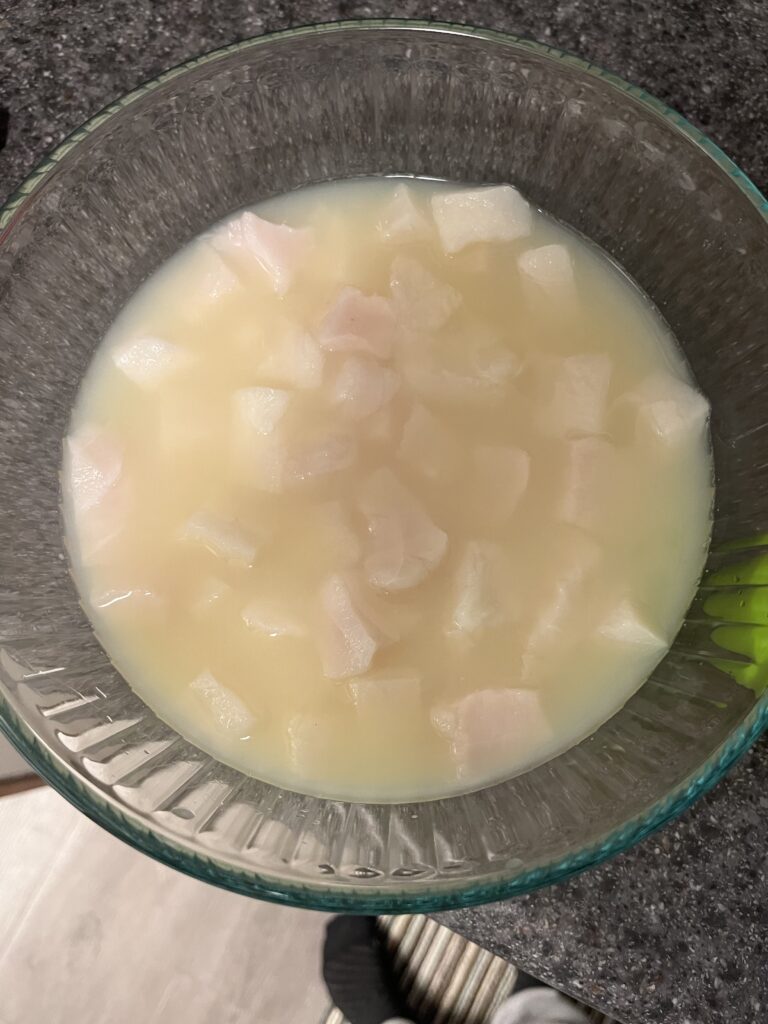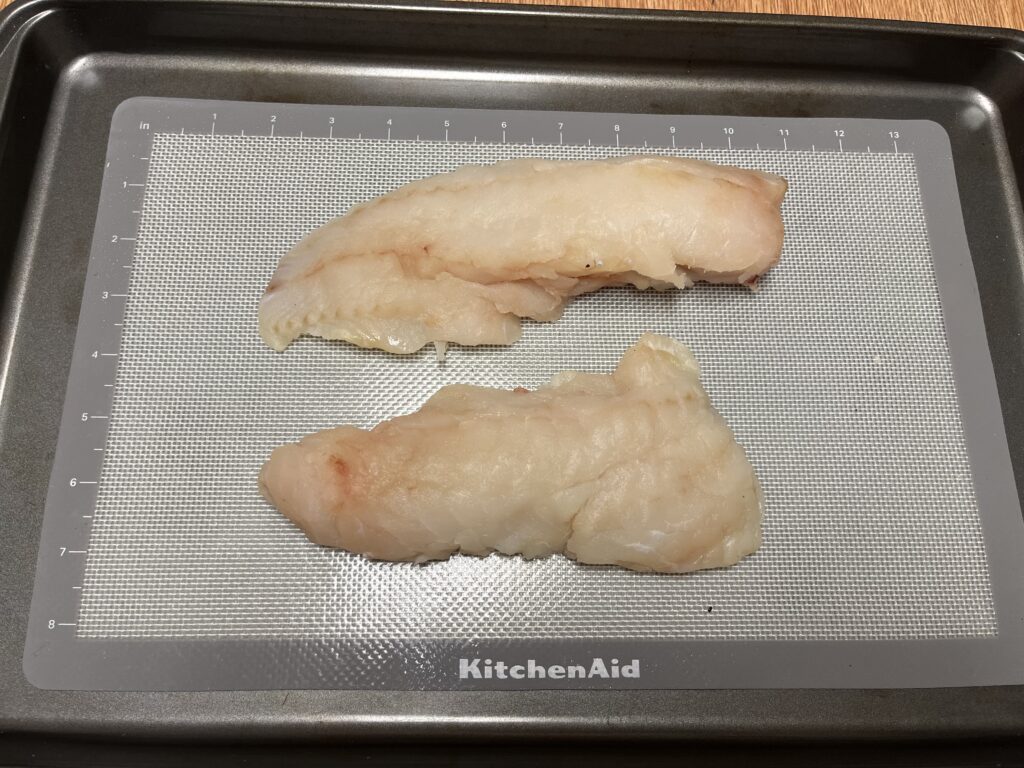Kintla Penn
A&P, BIOL F111X
Steam Project
20 November 2023
Acid and Heat Protein Denaturation
My project is researching how acid and heat denature proteins. The course objectives I’m using are: 1. Know the difference between Acids and Bases. 2. Identifying nucleic acids, lipids, carbohydrates, and proteins by their structure. Protein denaturation is a process in which proteins unfold and lose their three-dimensional structure, resulting in a loss of their functions. Proteins are intricately folded molecules, and their stability is maintained by non-covalent interactions, like hydrogen bonds (Uversky, 2009). The disruption of these hydrogen bonds can lead to protein denaturation, which can occur through exposure to either high temperatures or acids (INSTITUTE OF FOOD SCIENCE & TECHNOLOGY, 2017).
In the denaturation process, when proteins encounter acids or high heat, an extremely low pH environment is created, which disrupts the hydrogen bonds that contribute to stabilizing the protein’s structure. This destabilization prevents the protein from maintaining its folded structure, unraveling its three-dimensional shape (Tang et al., 2021). As the hydrogen bonds break, the protein undergoes significant changes, ultimately losing its secondary, tertiary, and quaternary structures, leaving only the primary structures intact (Uversky, 2009). This breaking of hydrogen bonds ultimately unfolds the protein, which alters its chemical and physical properties (INSTITUTE OF FOOD SCIENCE & TECHNOLOGY, 2017; Tang et al., 2021).
All steps combined:
- Alter the environment by introducing acid or heat, creating a low pH setting, making the protein unable to maintain stability.
- The induced low pH environment causes the disruption of hydrogen bonds within the protein structure and leads to a loss of its original shape.
- As the hydrogen bonds break, the proteins unfold or unravel, transforming their chemical and physical properties and leaving only the primary structure intact.
(INSTITUTE OF FOOD SCIENCE & TECHNOLOGY, 2017; Tang et al., 2021; Uversky, 2009)
I chose to demonstrate the denaturing of proteins through a culinary aspect of cooking fish. To do this, I used two different methods:
Method 1 involved preparing halibut ceviche, which I did by submerging the meat in an acidic citric acid solution (lemon juice). Before the acid bath, the meat exhibited a clearish white and translucent appearance with a swishy texture. Following the denaturation initiated by the low pH conditions created by the acid bath (Tang et al., 2021), the meat transformed into an opaque color with a firm texture. Although the denaturation process for the size of the pieces I used typically takes about 30 minutes, I let it sit in the acid bath overnight (approximately 12 hrs) for sanitary reasons. (Yeo, A. 2017)
Method 2 involved cooking a halibut fillet in a high-temperature environment using an oven. This method used heat to create a low pH environment, as increasing temperature correlates with dropping pH levels (Tang et al., 2021). Like the acid bath method, the halibut began as translucent white, but the final product exhibited a more solid white and firm texture. The distinction lies in the cooking technique; as I broiled the fillet at 425 degrees for 14 minutes, it resulted in complete denaturation, whereas in the acid bath with a piece of this size, it would have taken 50 minutes to an hour for complete denaturation. (Yeo, A. 2017)
Before:


After:


Overall, this culinary project on denaturing proteins by preparing halibut ceviche and oven-cooked halibut fillet has shown how proteins can undergo denaturation. By subjecting the fish to distinct environments—acidic citric acid solution for ceviche and high-temperature oven cooking for the fillet—I demonstrated that different agents, namely heat and acid, can denature proteins. Despite the two different processes in creating low pH conditions, both methods led to the same result of destabilizing protein structures by the loss of their three-dimensional shape. Finally, this project not only displays the fascinating science behind protein denaturation, but it also creates a delicious meal to share with friends and family!


Sources:
Tang, Z. X., Ying, R. F., & Shi, L. E. (2021). Physicochemical and functional characteristics of proteins treated by a pH‐shift process: a review. International Journal of Food Science & Technology, 56(2), 515-529.
Uversky, V. N. (2009). Intrinsically disordered proteins and their environment: effects of strong denaturants, temperature, pH, counter ions, membranes, binding partners, osmolytes, and macromolecular crowding. The protein journal, 28, 305-325.
Yeo, A. (2017). Chemistry in the Kitchen: Citrus and Ceviche. Edible NORTHEAST FLORIDA.
INSTITUTE OF FOOD SCIENCE & TECHNOLOGY. (2017). PROTEIN: ACID DENATURATION. LOVE FOOD LOVE SCIENCE.
